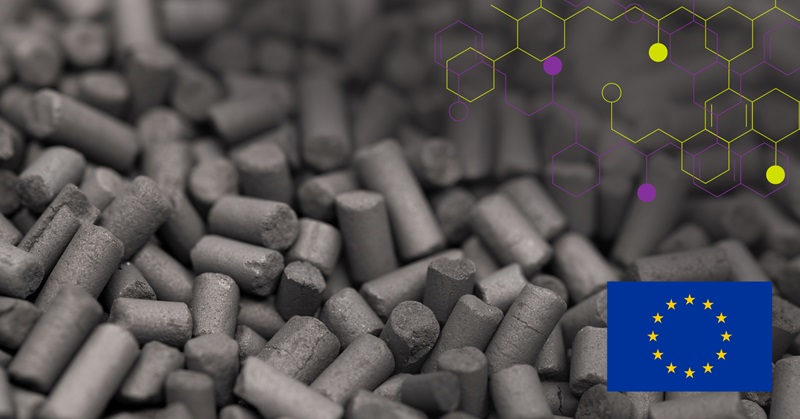Do you know where your table salt comes from?
We know that salt is important for bodily functions, but it is also a health risk if consumed in excessive quantities. The contradictory claims that “It’s good to eat salt to prevent muscle cramps” and “Too much salt will clog your arteries” are handed down from generation to generation and are hard to dislodge.
Our attitudes towards salt are indeed rather complex. Health recommendations and culinary trends influence our views and our willingness to find out more about the effects and production methods of the foods we eat. There is a lot of folk wisdom about salt, and unfortunately a lot of it is incorrect.
Salt is part of just about every meal, so it’s important to know what kind of salt we are eating. Most of the salt consumed by Finns comes from sources other than their home-cooked meals. When Finns think about salty foods, they usually think about cold cuts and processed food. In fact, most of the salt we eat comes from grain products: breads, cereals and salty pastries.
Professionals prefer vacuum salt
If most of the salt we consume comes from the food we buy in shops, what kind of salt is used in the Finnish food industry? Having supplied industrial chemicals for over 120 years, Algol Chemicals is the biggest importer of salt in Finland. Does Algol Chemicals know where the food salt it imports comes from?
“Yes, we do. We import vacuum salt that is produced in Denmark. The short transportation distance and uniform cleanliness of the product are our main selection criteria for the supplier,” says Jenni-Annika Kaikko, Sales Manager at Algol Chemicals.
Vacuum salt is processed rock salt that comes from a layer of salt 0.5 to 5 kilometres below the surface of Northern Europe. The salt dates back to a period when part of the continent was covered by the sea. As the land mass rose and the water evaporated, a kilometre-thick layer of salt was left behind. This salt is removed by pumping water into drilled holes.
The vacuum salt is pumped into pressure boilers, where pure sodium chloride is separated by varying the pressure and heat. Vacuum salt is 99.9 percent sodium chloride, whereas sea salt and unprocessed rock salt is just 90 to 98 percent sodium chloride.
“This purity of vacuum salt is precisely the reason why the food industry favours vacuum salt. For example, the red colour of Himalayan salt, which is very trendy in the market right now, comes from iron oxide. Human body can’t use inorganic iron, so that is actually classified just as an impurity,” Jenni-Annika Kaikko explains.


